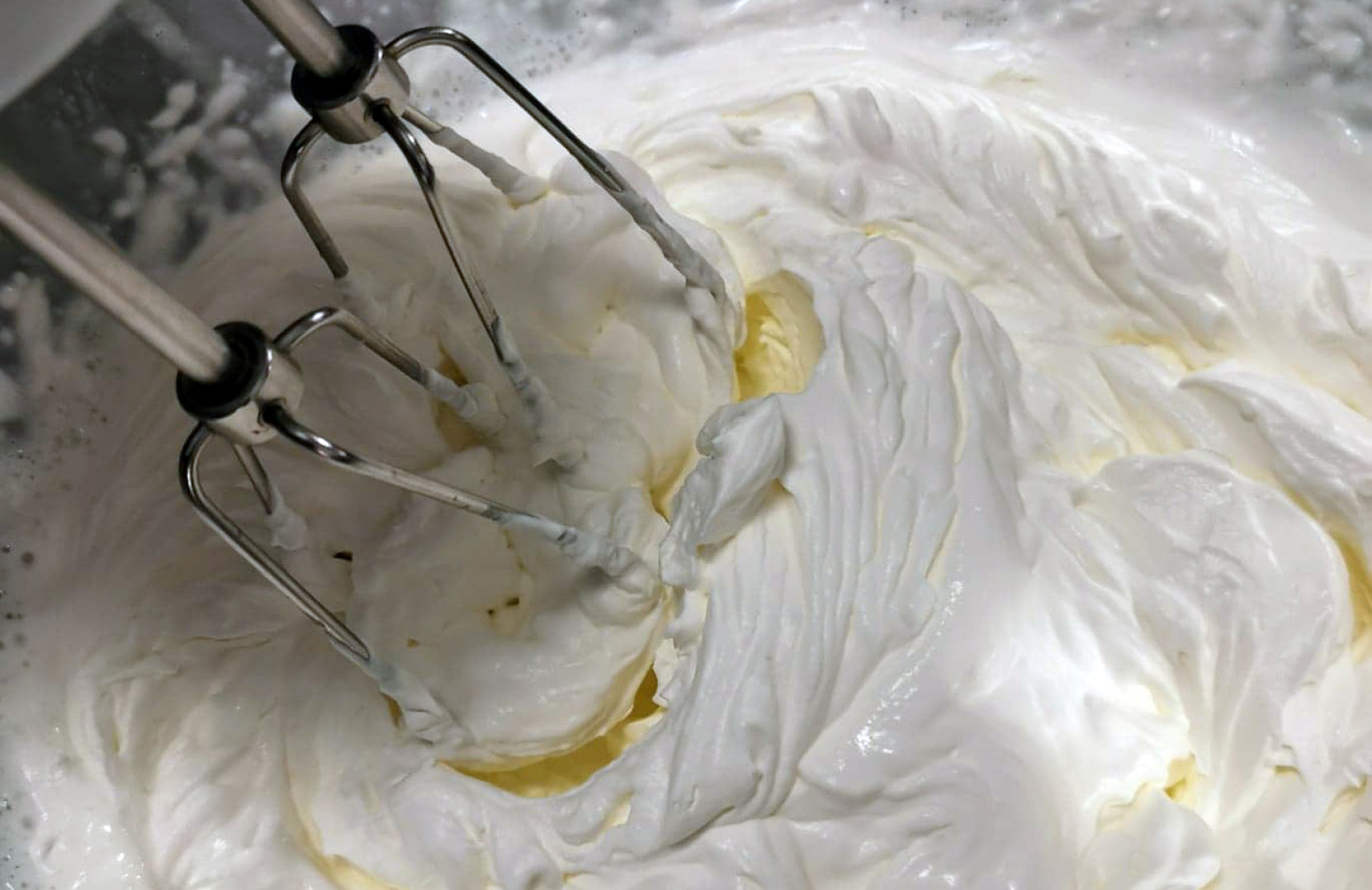You may have noticed that your butter has been more diffi cult to spread these past few months.
Back in February, a few Canadian foodies started asking questions over social media about this strangely hard butter, causing a bunch of respondents to chime in with their own anecdotes.
Soon enough, famed cookbook author and regular CBC cooking segment guest Julie Van Rosendaal took up the case, tweeting “something is up with our butter supply, and I’m going to get to the bottom of it.”
What she found was a scandal in which Canadian butter producers are allegedly using increased levels of palm oil in their livestock feed — a cheap additive that boosts the fat content of milk, and thus the volume of butter it can make — a claim which the industry denies. Using low-quality fats like palm oil is legal, so long as the retail products ultimately contain 80 per cent milk fat, but they make butter less soft, and more easily separated, making it controversial from a quality and health standpoint.
“Though it’s perfectly legal for dairy farmers to use palm fat in livestock feed, whether they should be is a contentious issue,” Van Rosendaal wrote in The Globe and Mail.
Nothing was ever proven, but the controversy was enough for a few dairy industry advocacy groups to publicly urge producers to use less palm oil, and a Quebec group called for an outright ban.
It’s possible that these additives are more present because of a boom in home baking over the COVID pandemic. Dairy Farmers of Canada reports butter sales increased 12.4 per cent in 2020, but also notes volatile shifts in dairy production generally related to changing regulations that have shut down and reopened restaurants, and intermittently left people to isolate at home. Increased demand for butter in a time where you don’t know how much milk you’re going to need to ship would definitely motivate producers to find easy ways to boost butter production when they need to.
Buttergate shouldn’t force you to abandon your pandemic baking habits though. If you want to keep your home baking experiments going, but are worried about palm oil, you can make your own, 100 per cent milk fat butter, surprisingly easily — as long as you have a stand mixer or a hand mixer and 20 minutes of time. Here’s how.
- Get what you need. Put a litre or two of ice water in the fridge to keep it cold. Get 500 mL of heavy whipping cream, with a 35 per cent fat content or higher. This will make about 1 cup of butter and 1 cup of buttermilk. Pour it into the bowl of your stand mixer, or into a large mixing bowl. Also get two containers. You’re going to be separating the butter fat from the buttermilk, and you’ll need to store the products separately.
- Start agitating. With your mixer of choice on high, you’re basically just going to whip the cream until it separates into butter and the leftover liquid. The process takes 10 to 15 minutes. You’ll get whipped cream after only a minute or so, but keep going. When you’re close, the cream will begin to curdle, resembling cottage cheese. Eventually, you’ll see a pool of buttermilk begin to form at the bottom of the bowl (it might be a good idea to intermittently pour out some of the liquid to avoid splashing). You’ll know it’s done when the solid portion sticks to your mixer in one solid mass. The texture should be familiar — that of soft, room temperature butter.
- Clean the butter. Get your ice water from the fridge. Pick the mass up with your hands, and squeeze out any remaining liquid back into the mixing bowl. The more buttermilk you extract, the longer your butter will last. Dunk your lump of butter into the ice water for a rinse, squeezing it again to wash out any residual buttermilk.
- Store. Put your lump of butter into an airtight container. It will last in the fridge for up to a month, depending on how much buttermilk you got out, and at room temperature for up to a week. You can easily tell when butter goes bad — it will smell rancid.
If you use buttermilk (you should), you can also store it in an airtight container in the fridge, for up to two weeks.





0 Comments